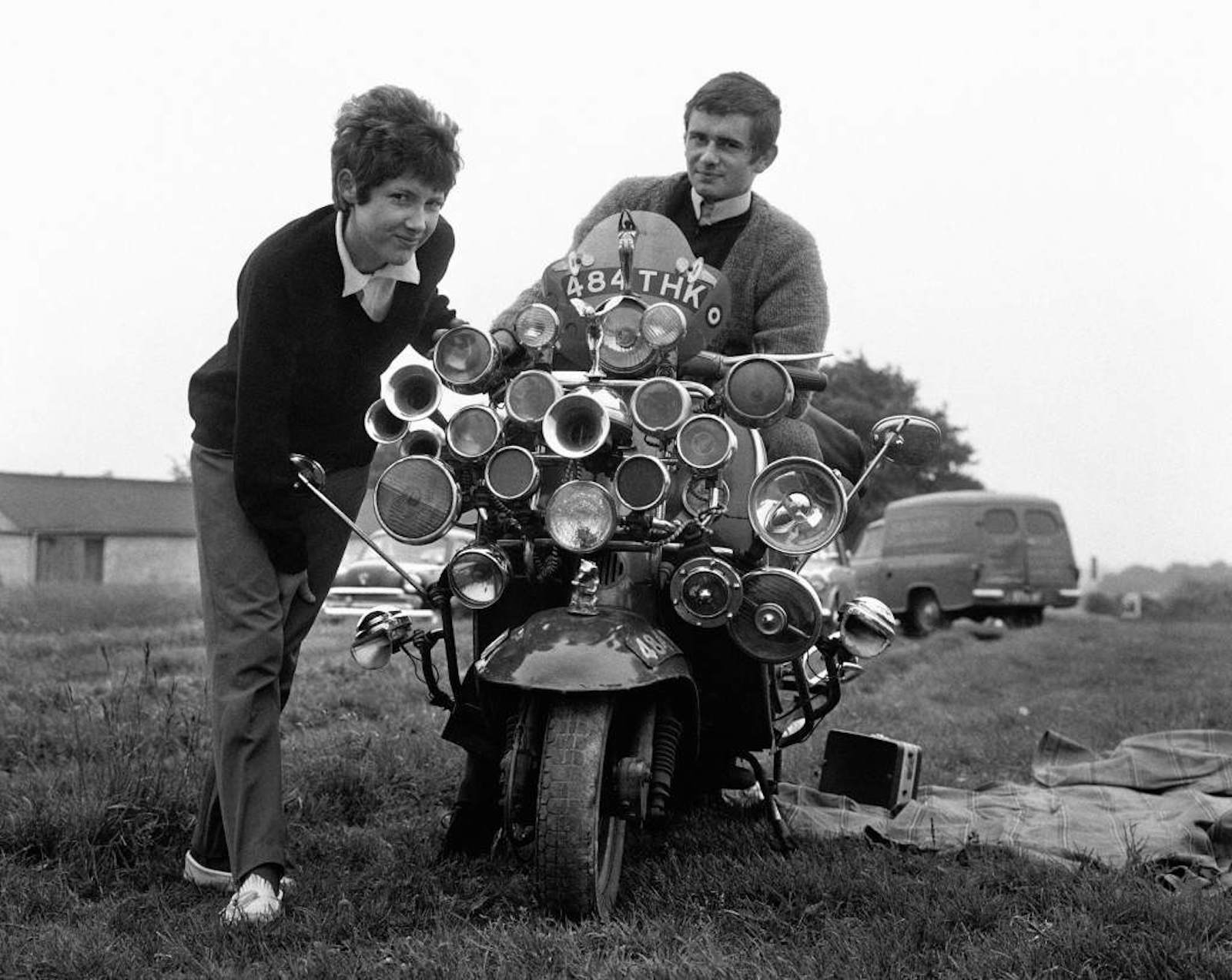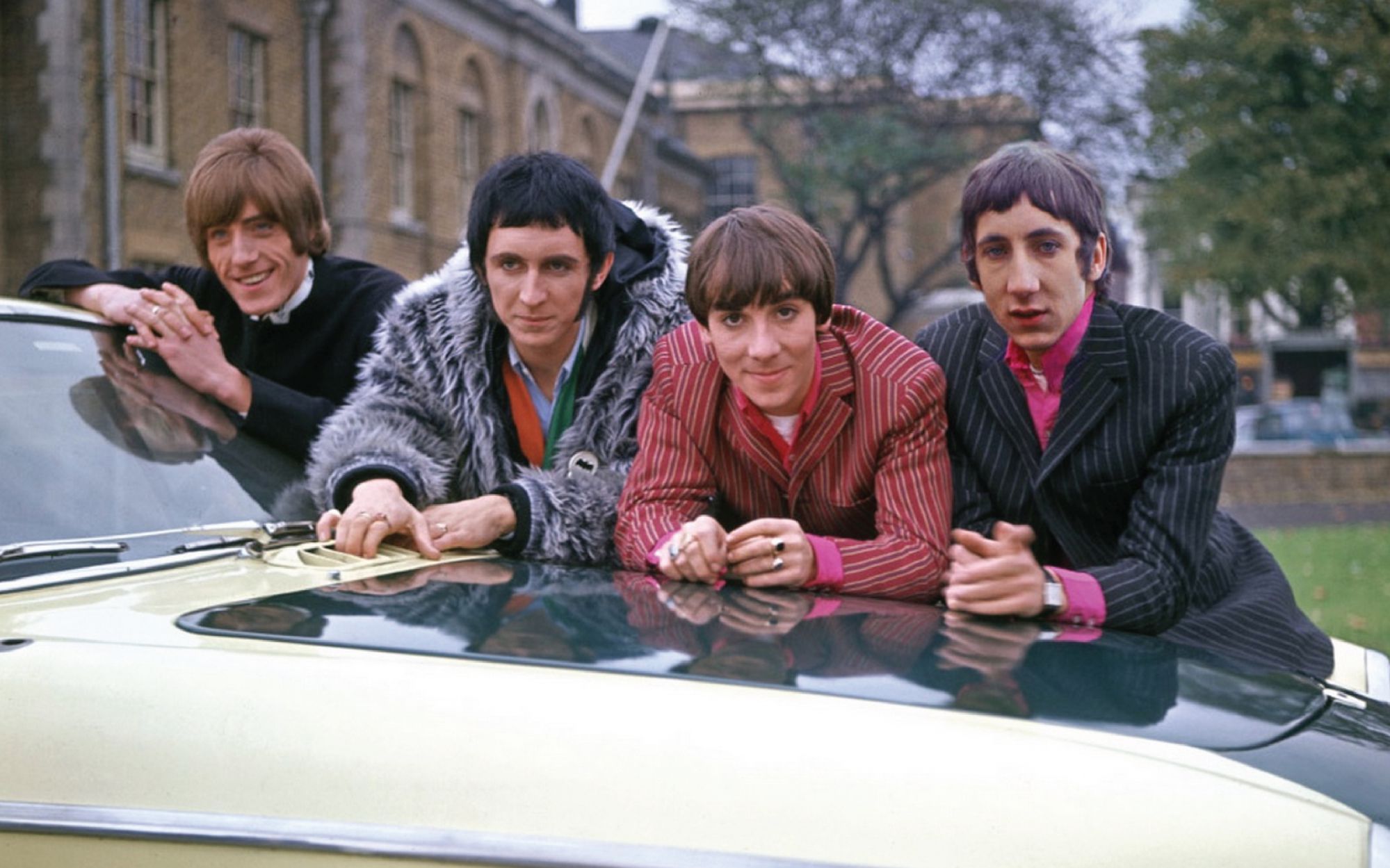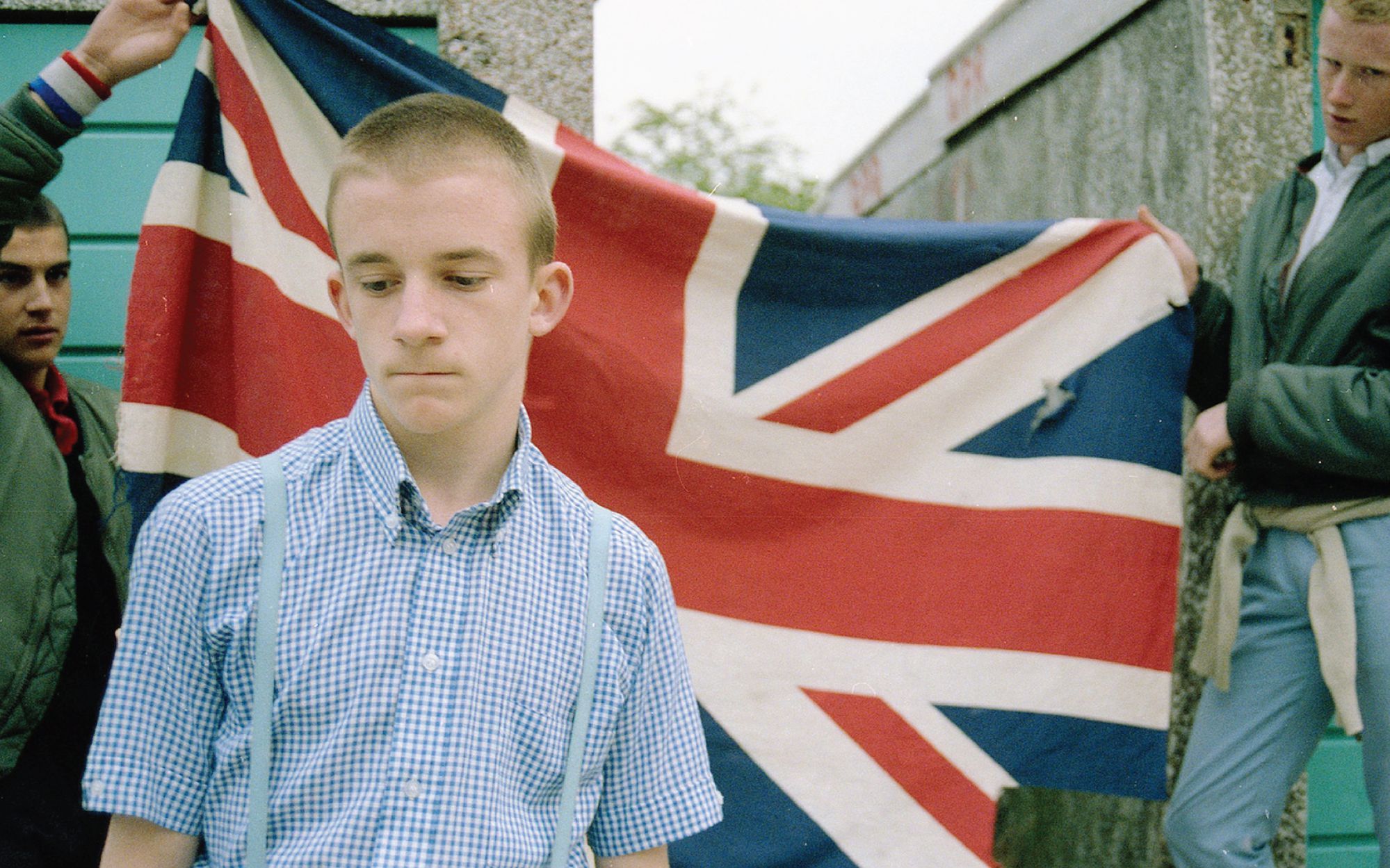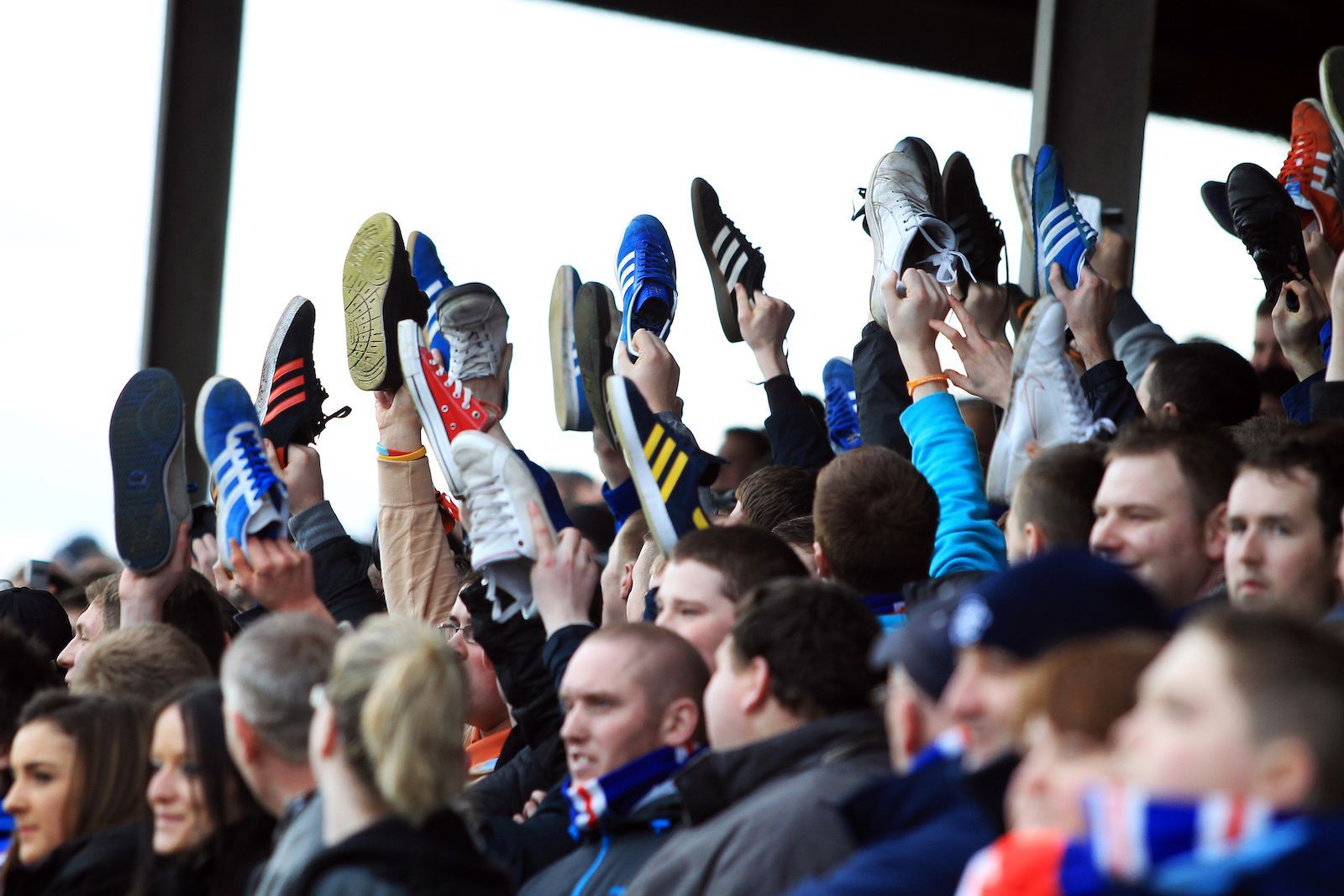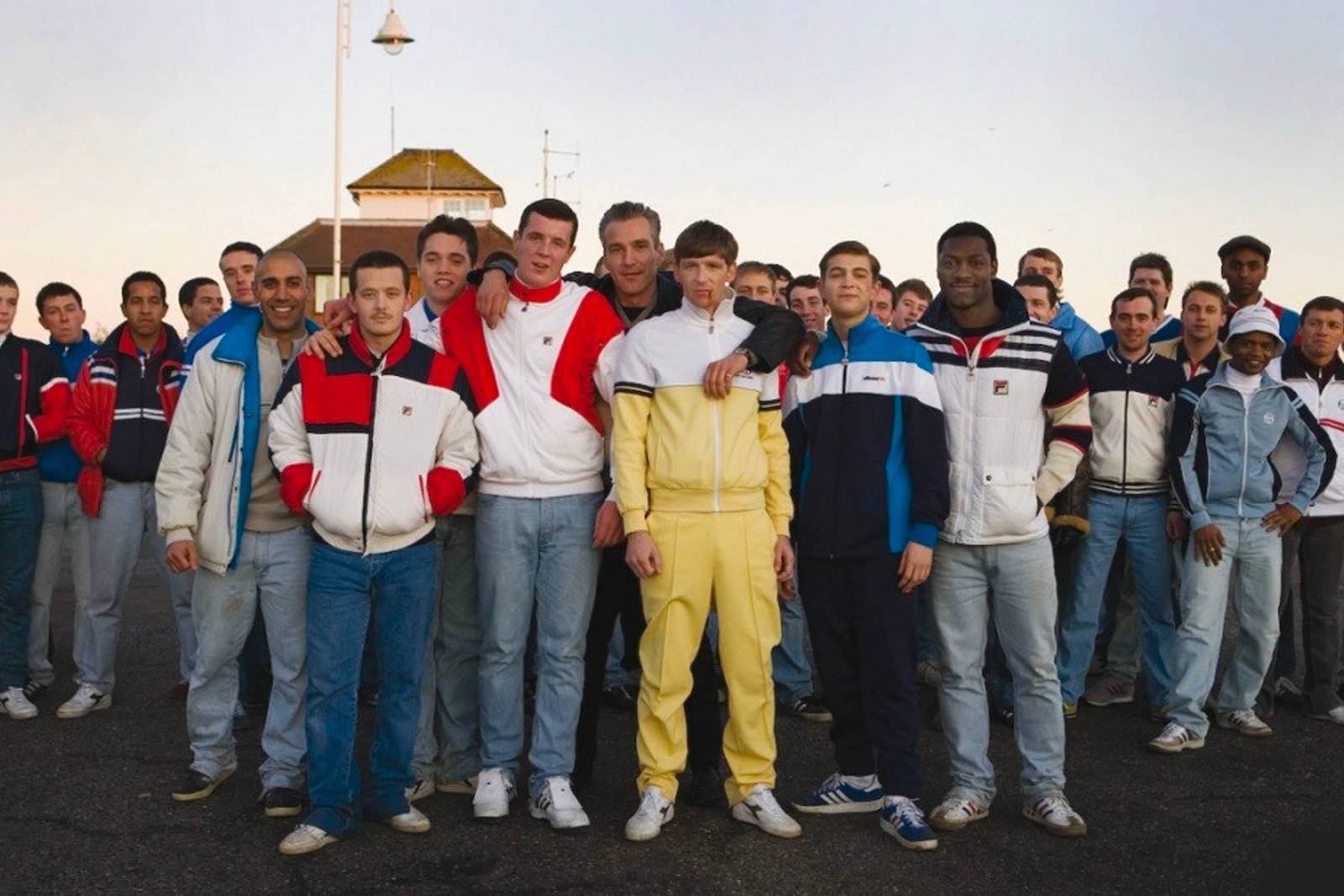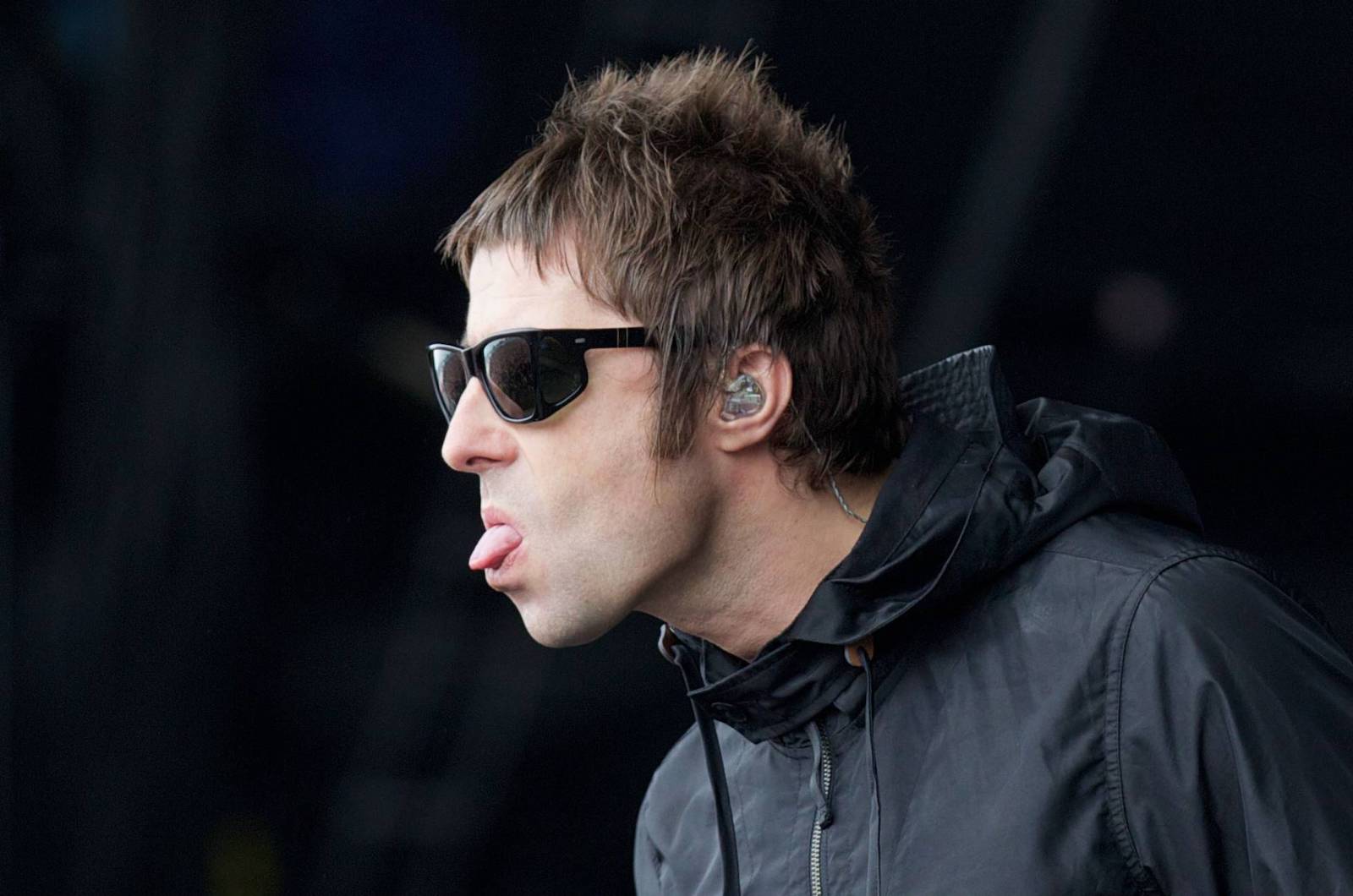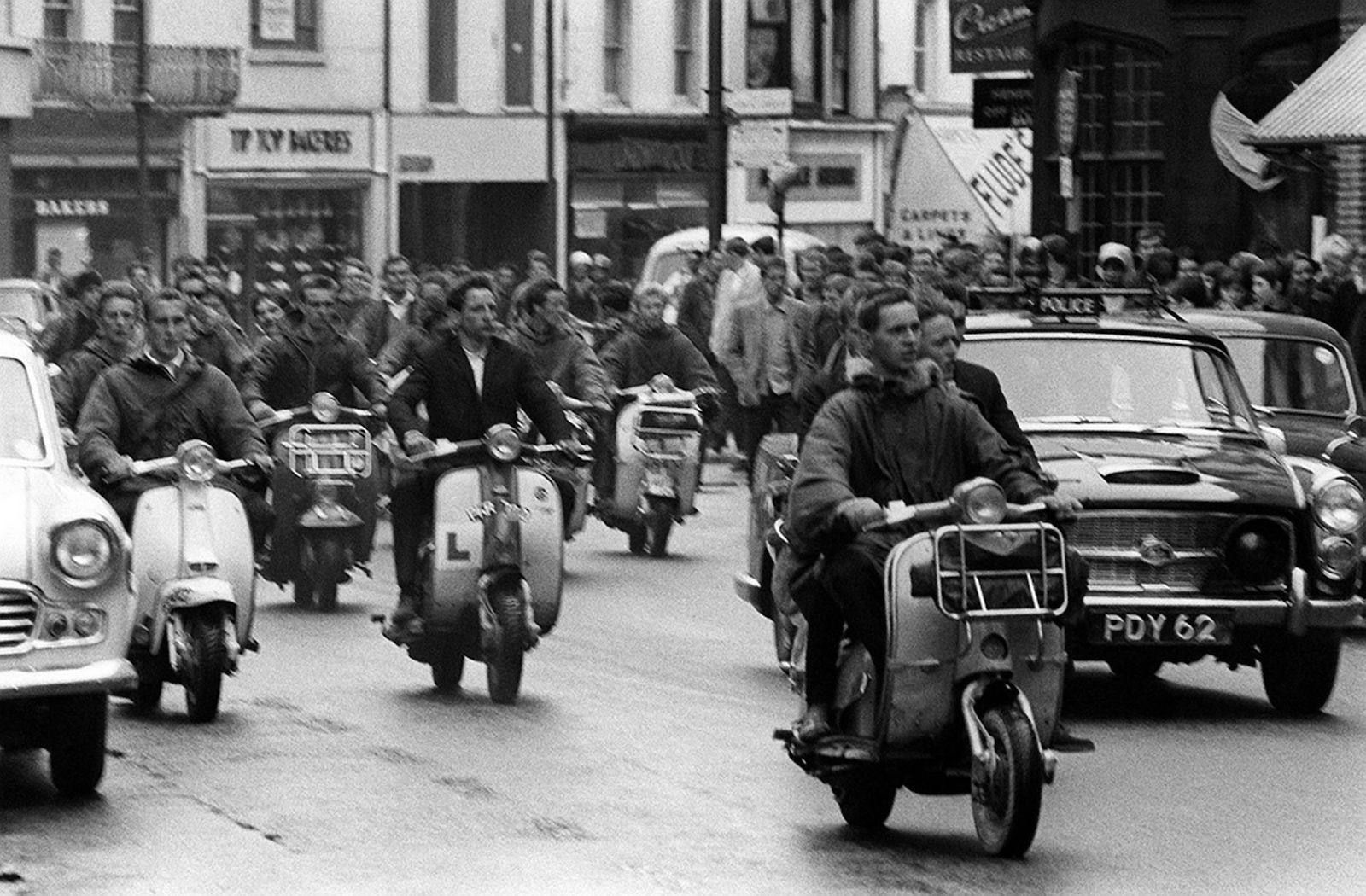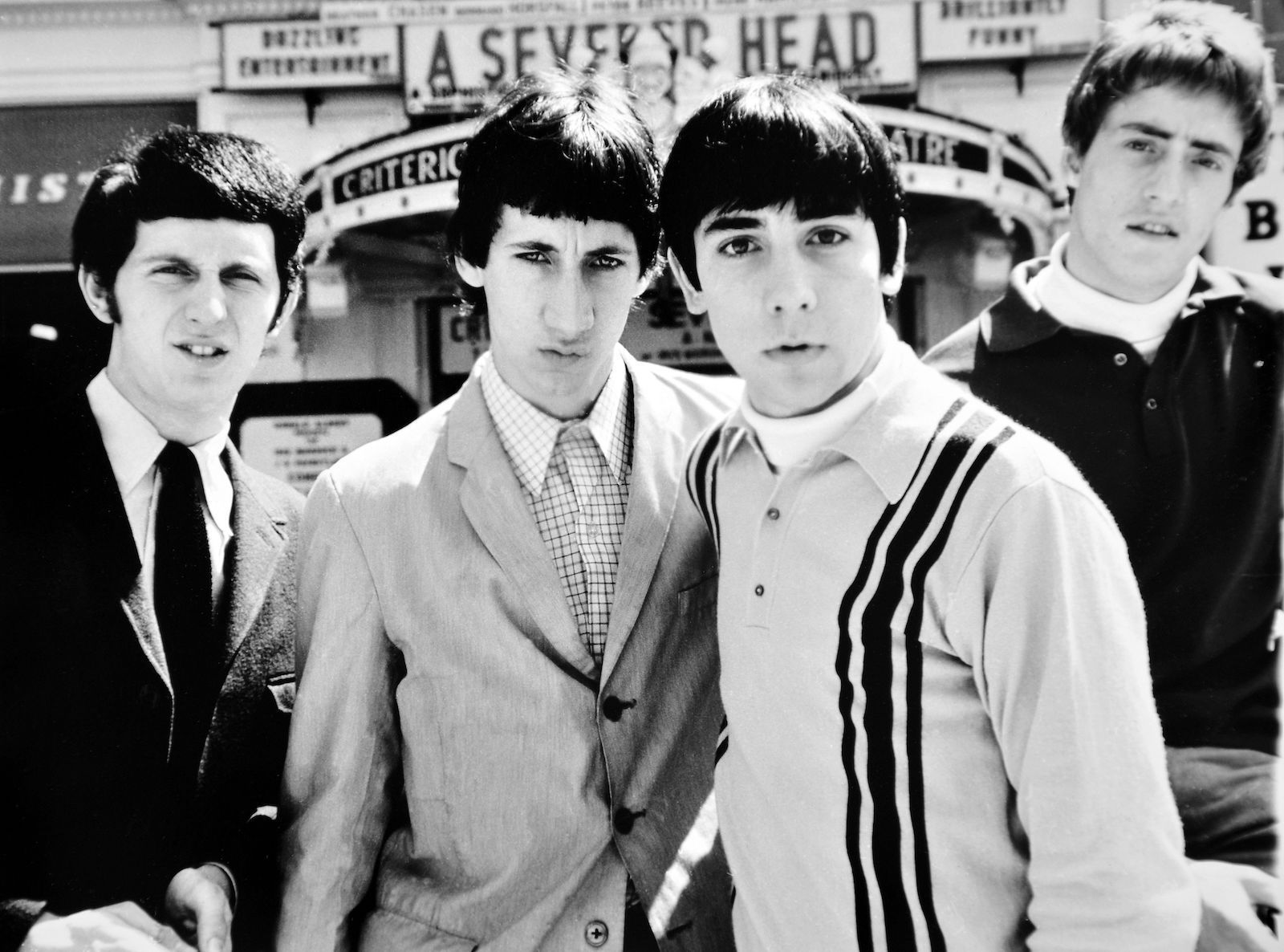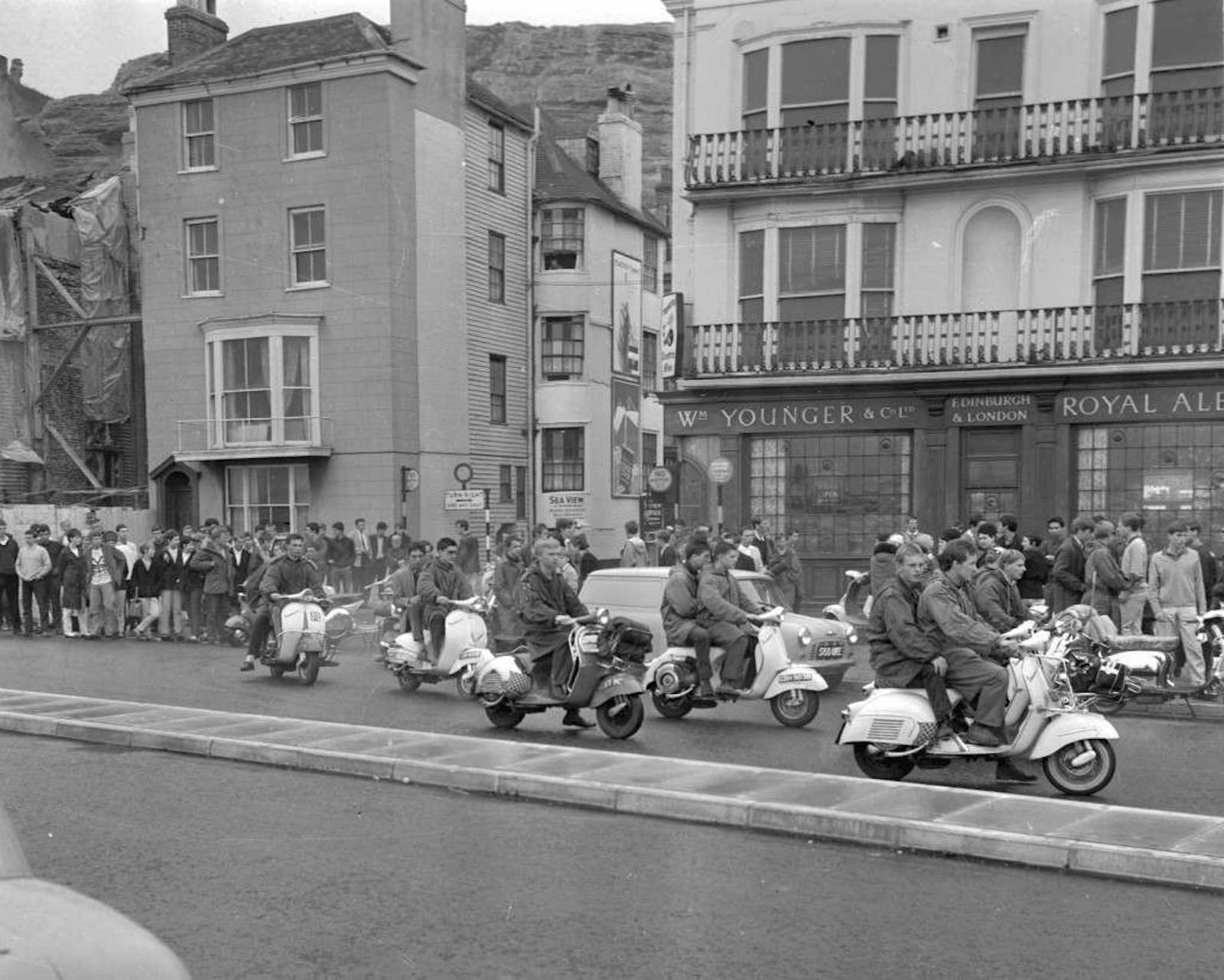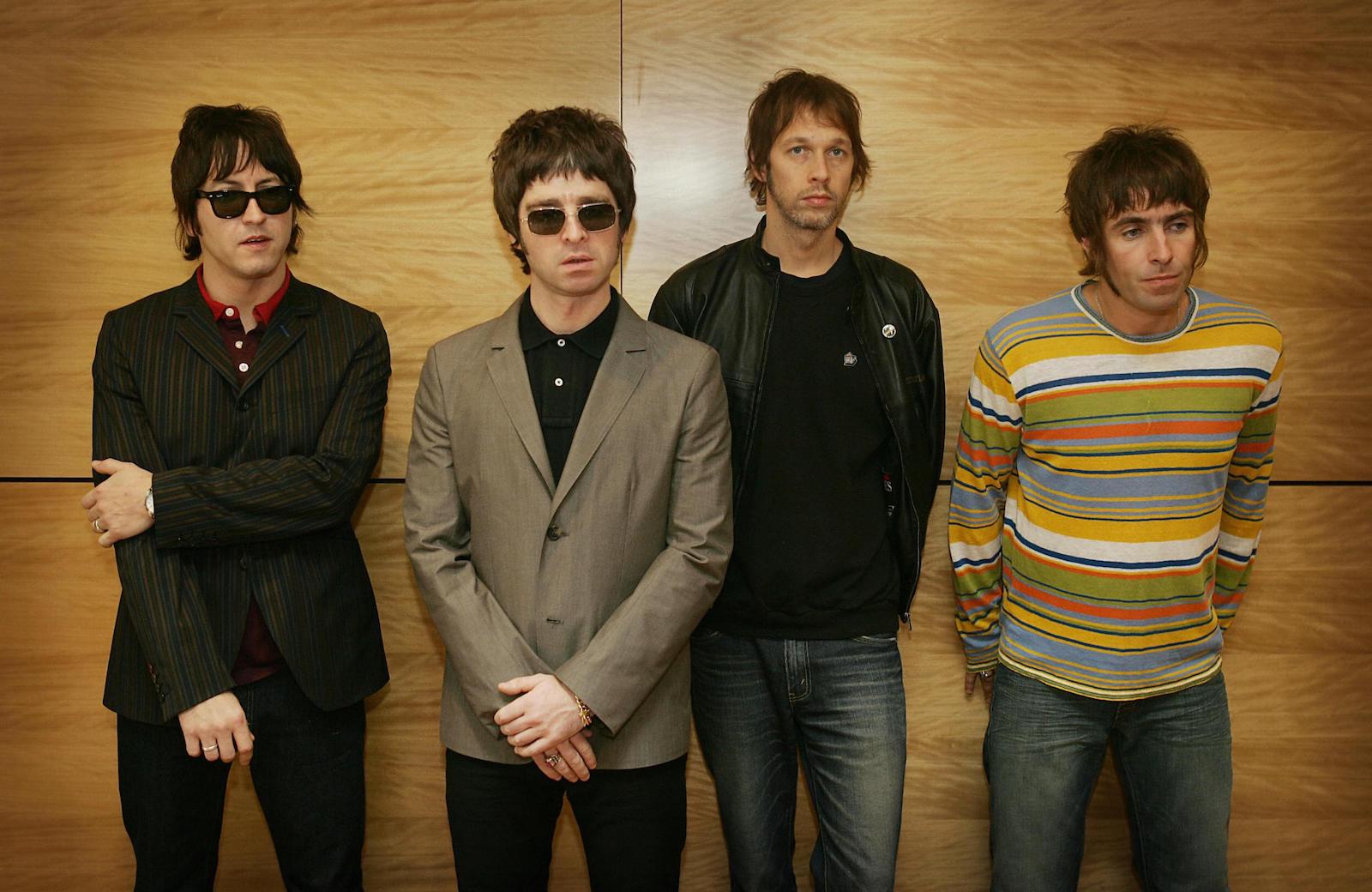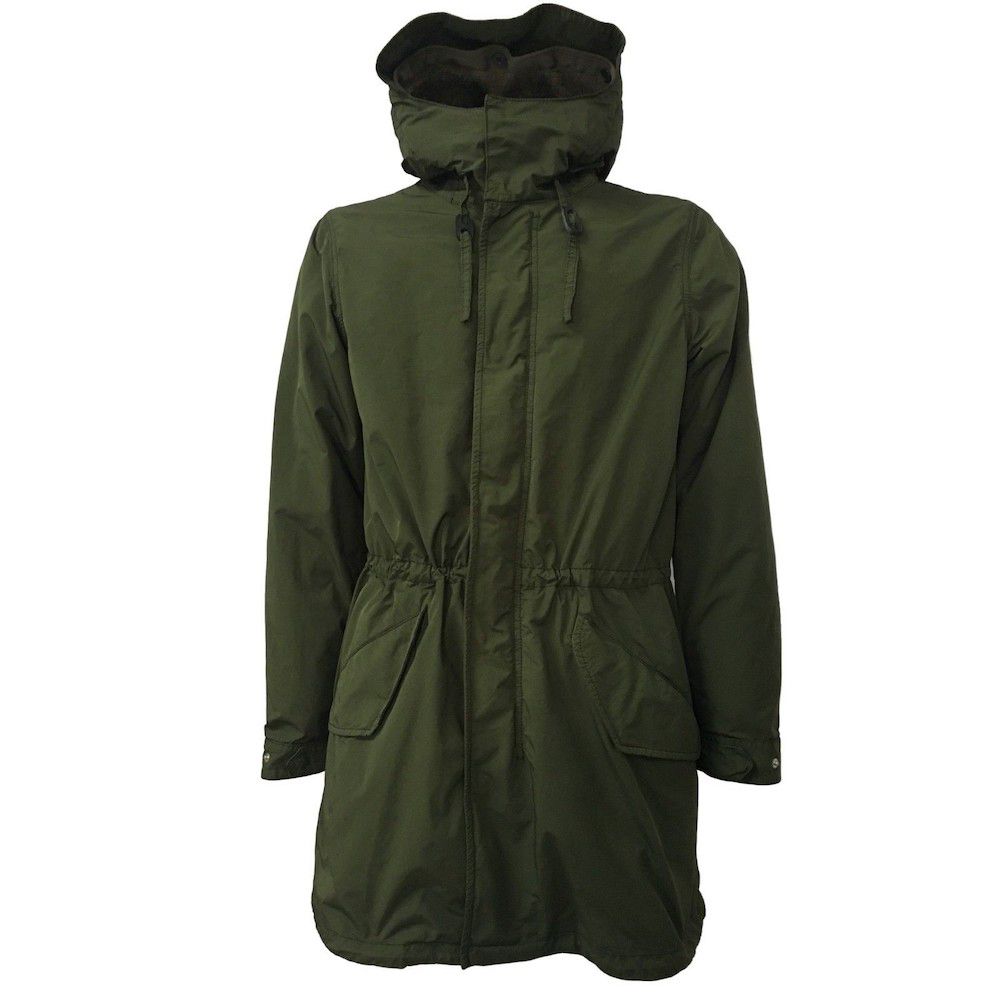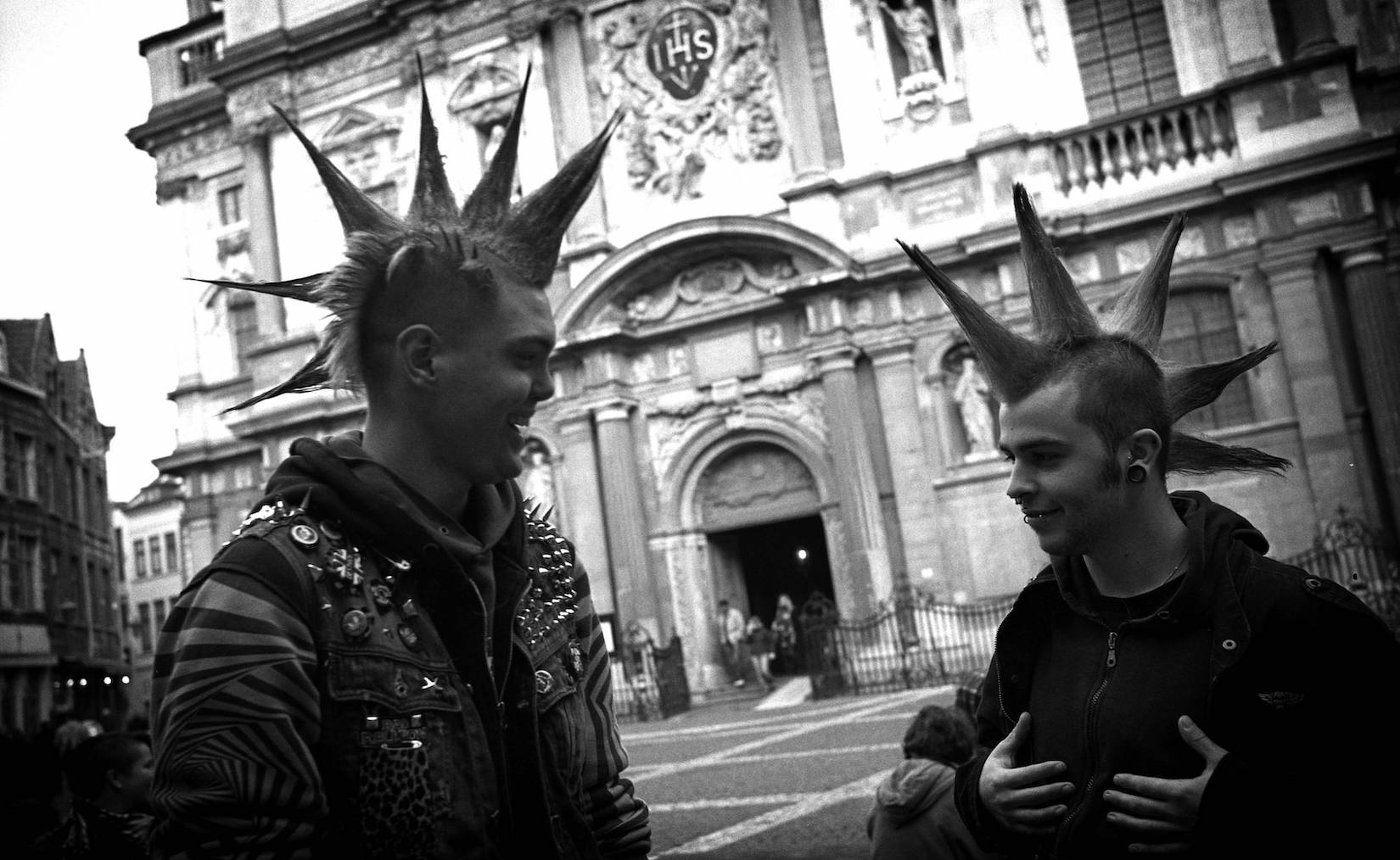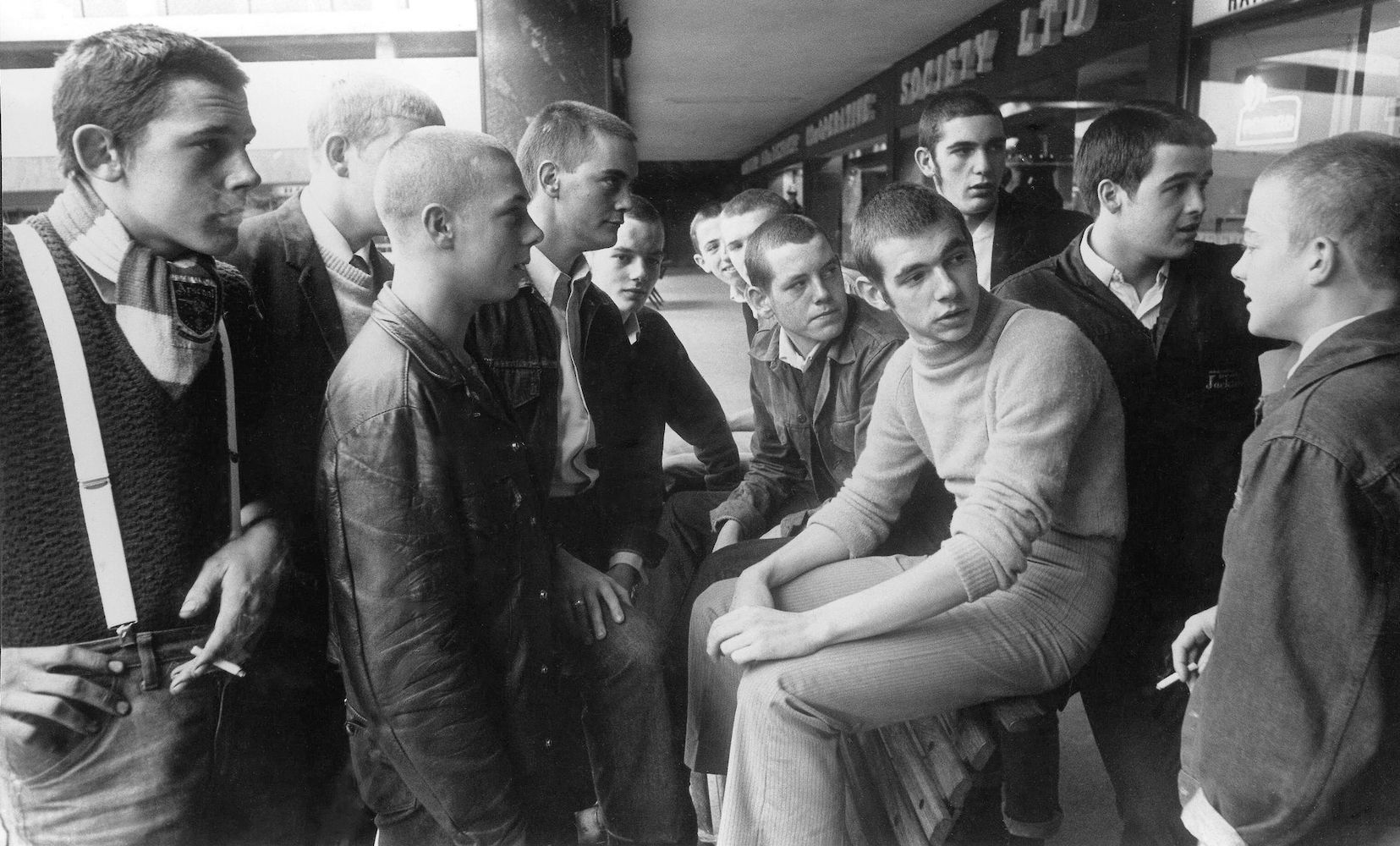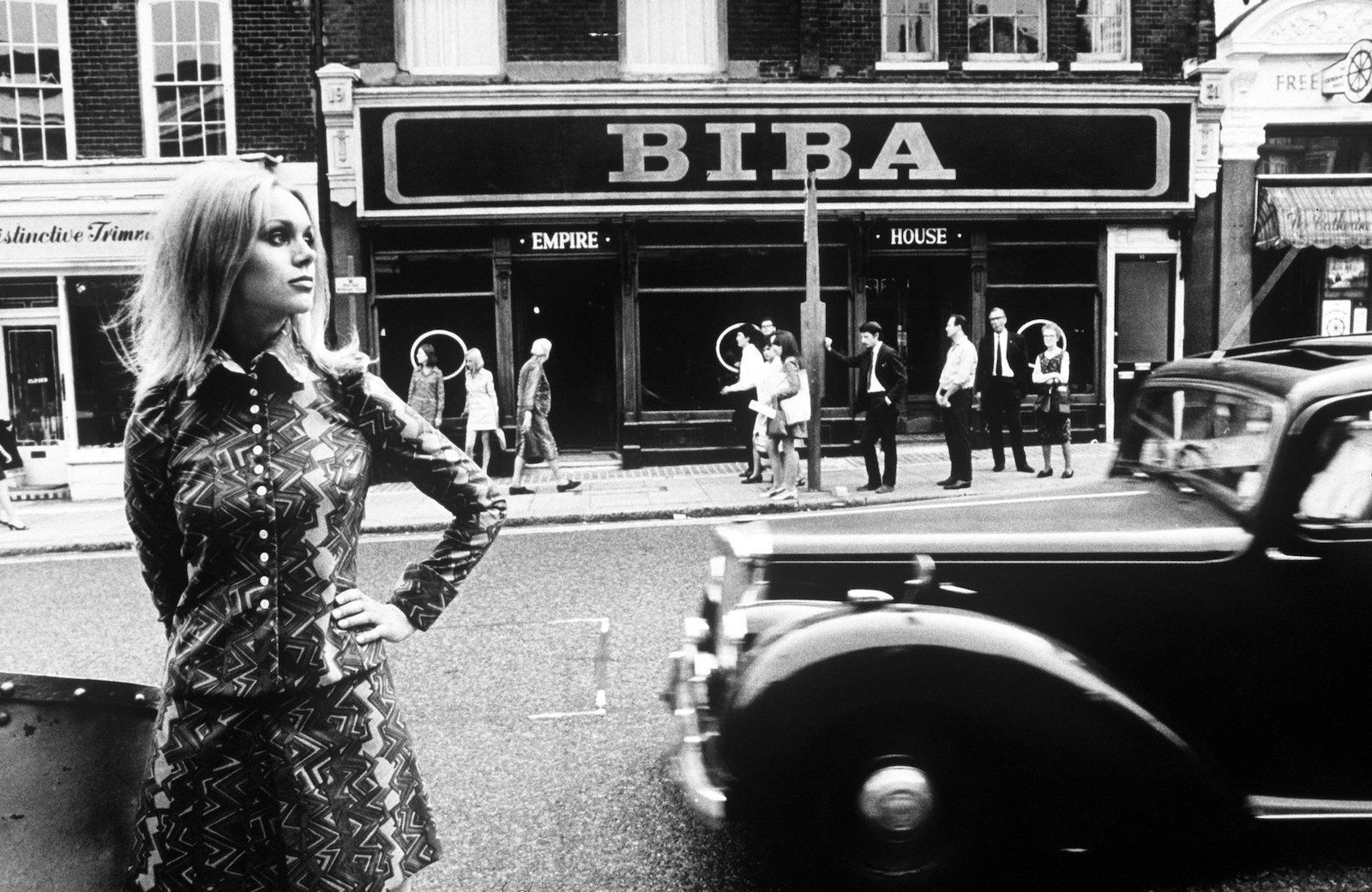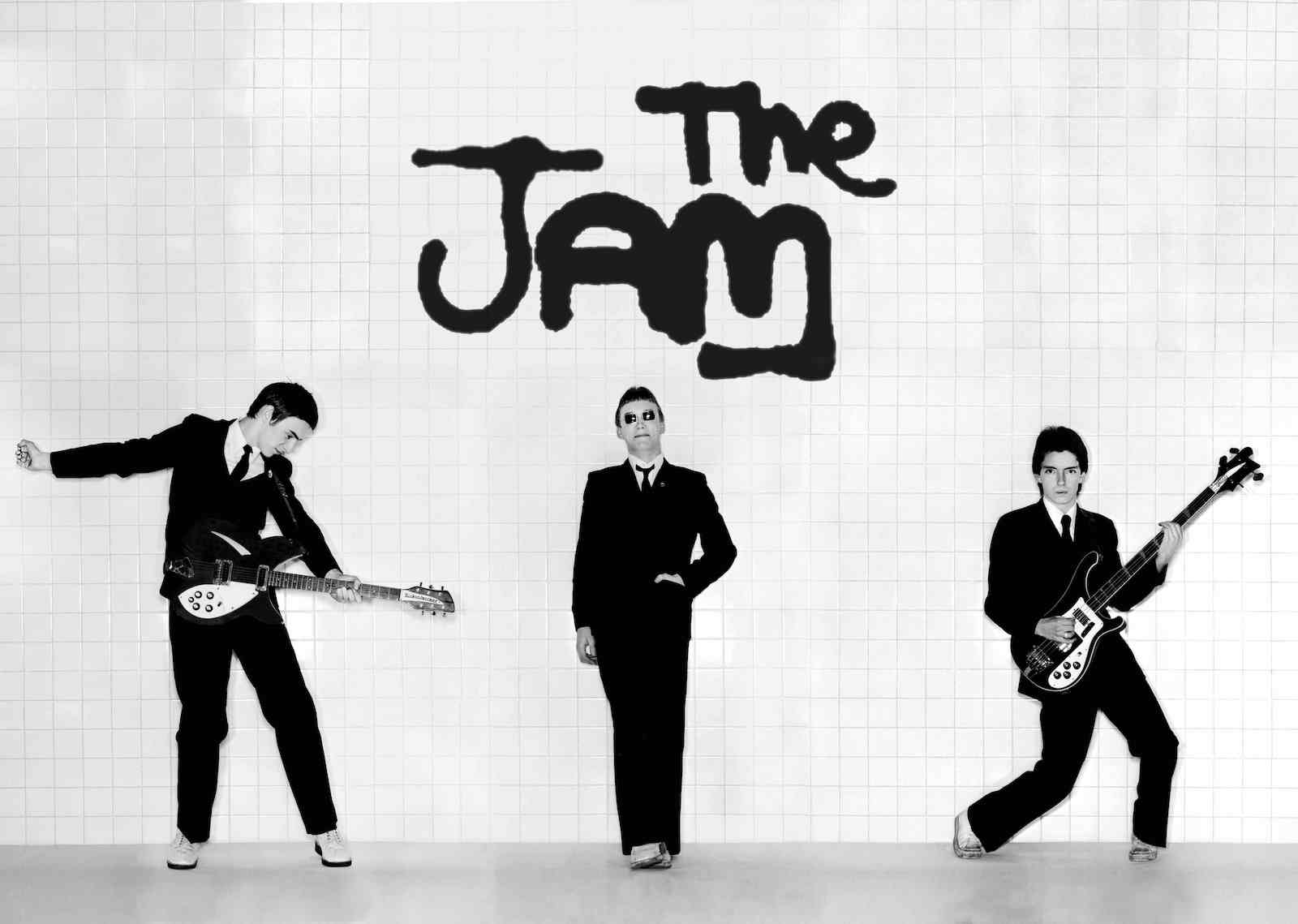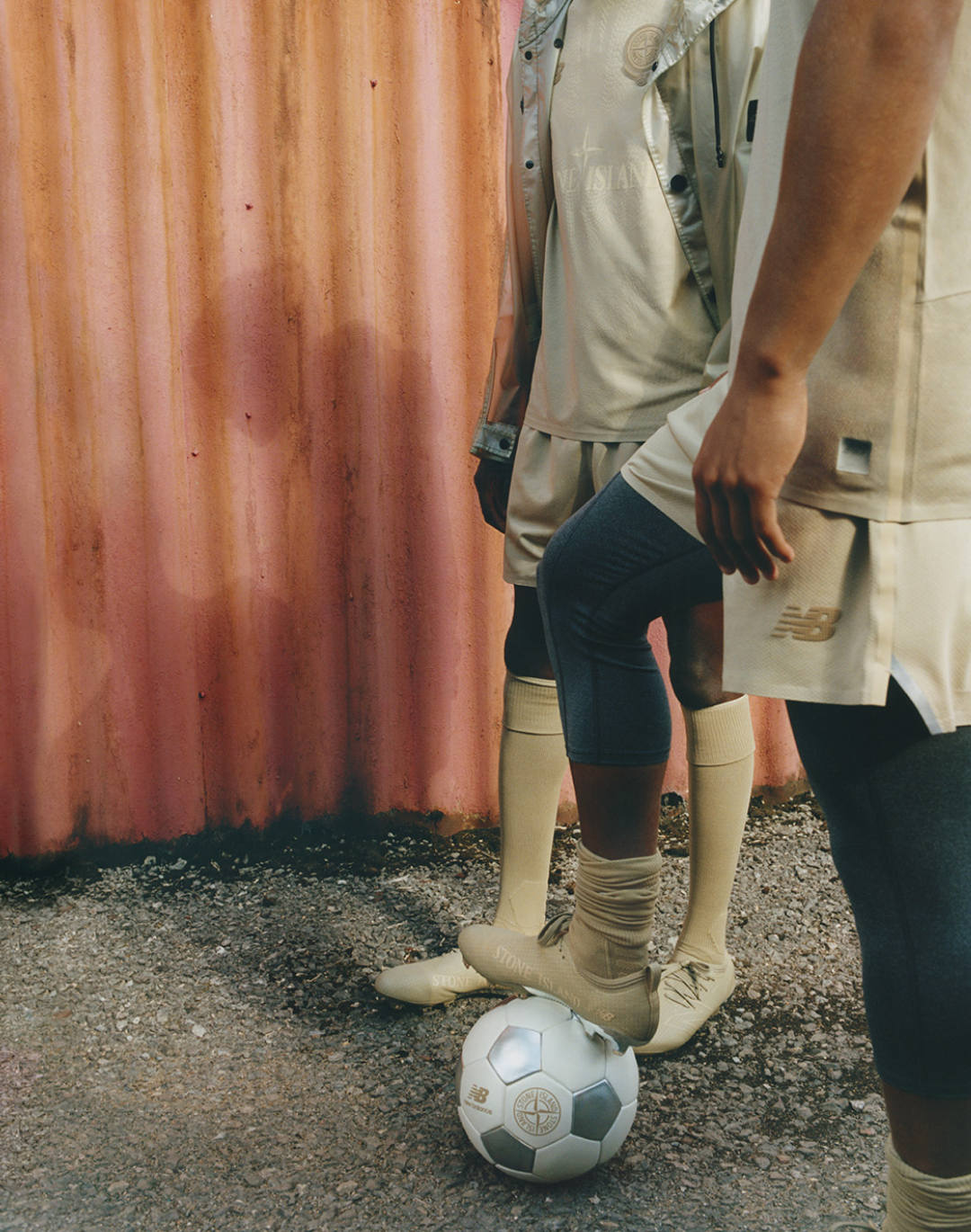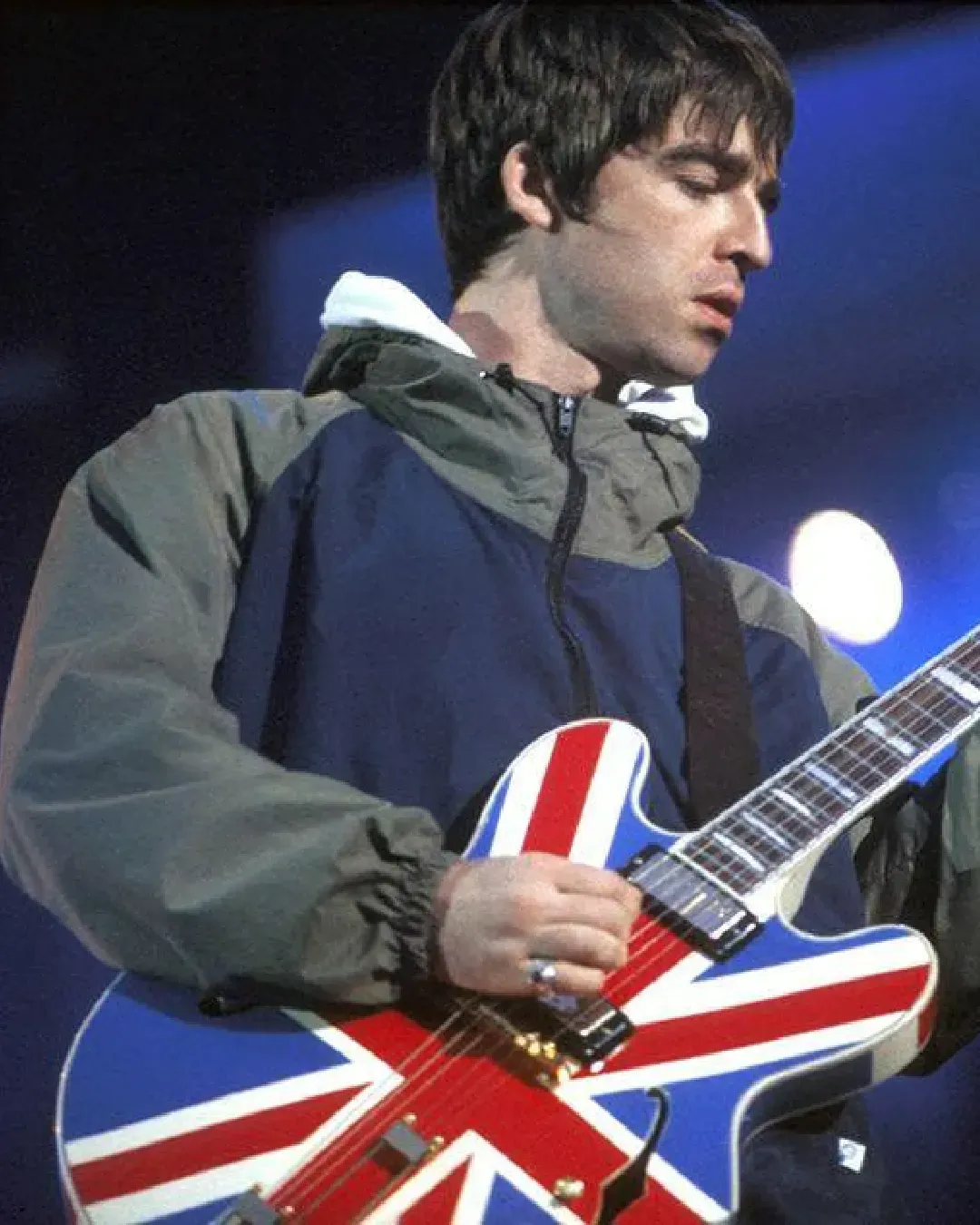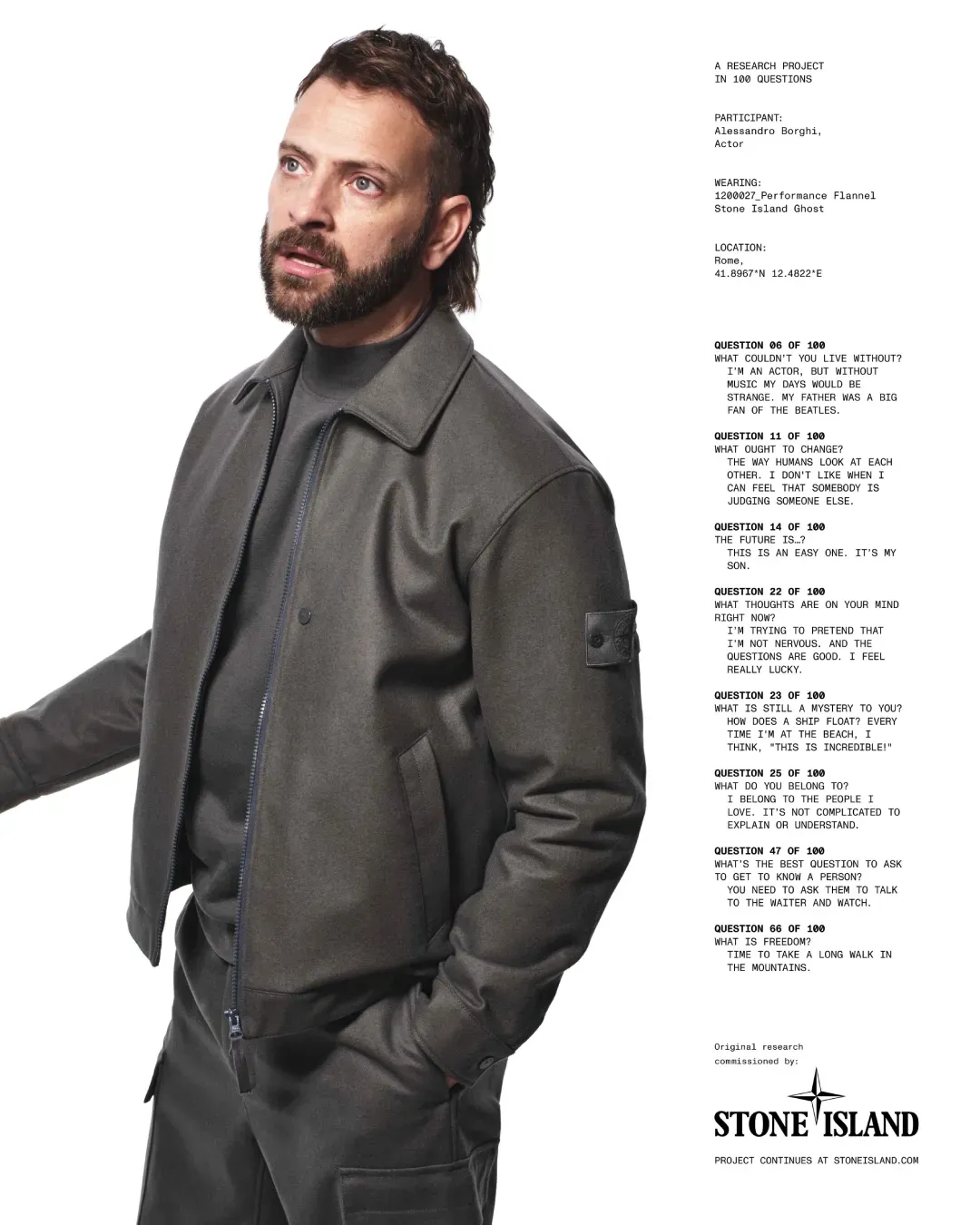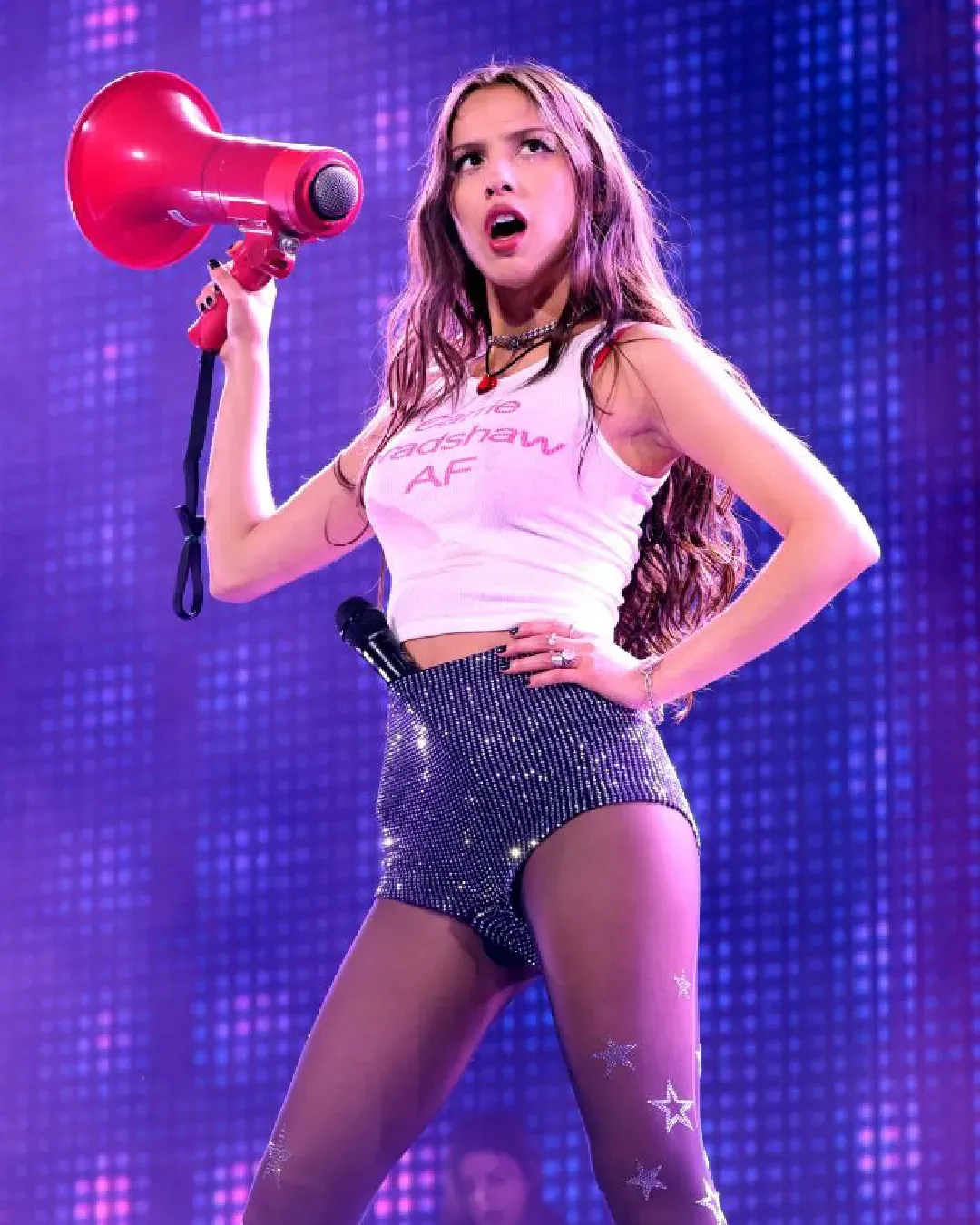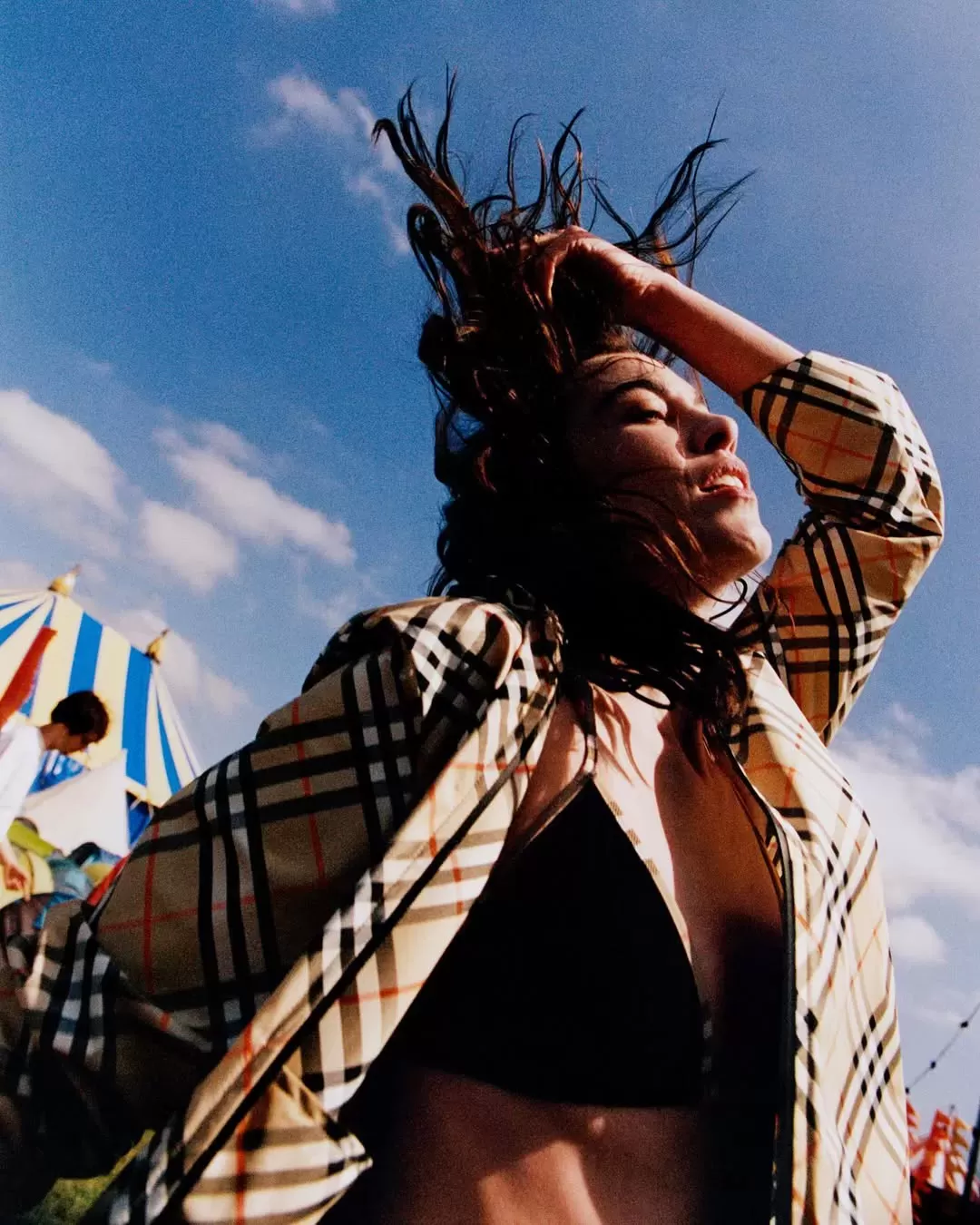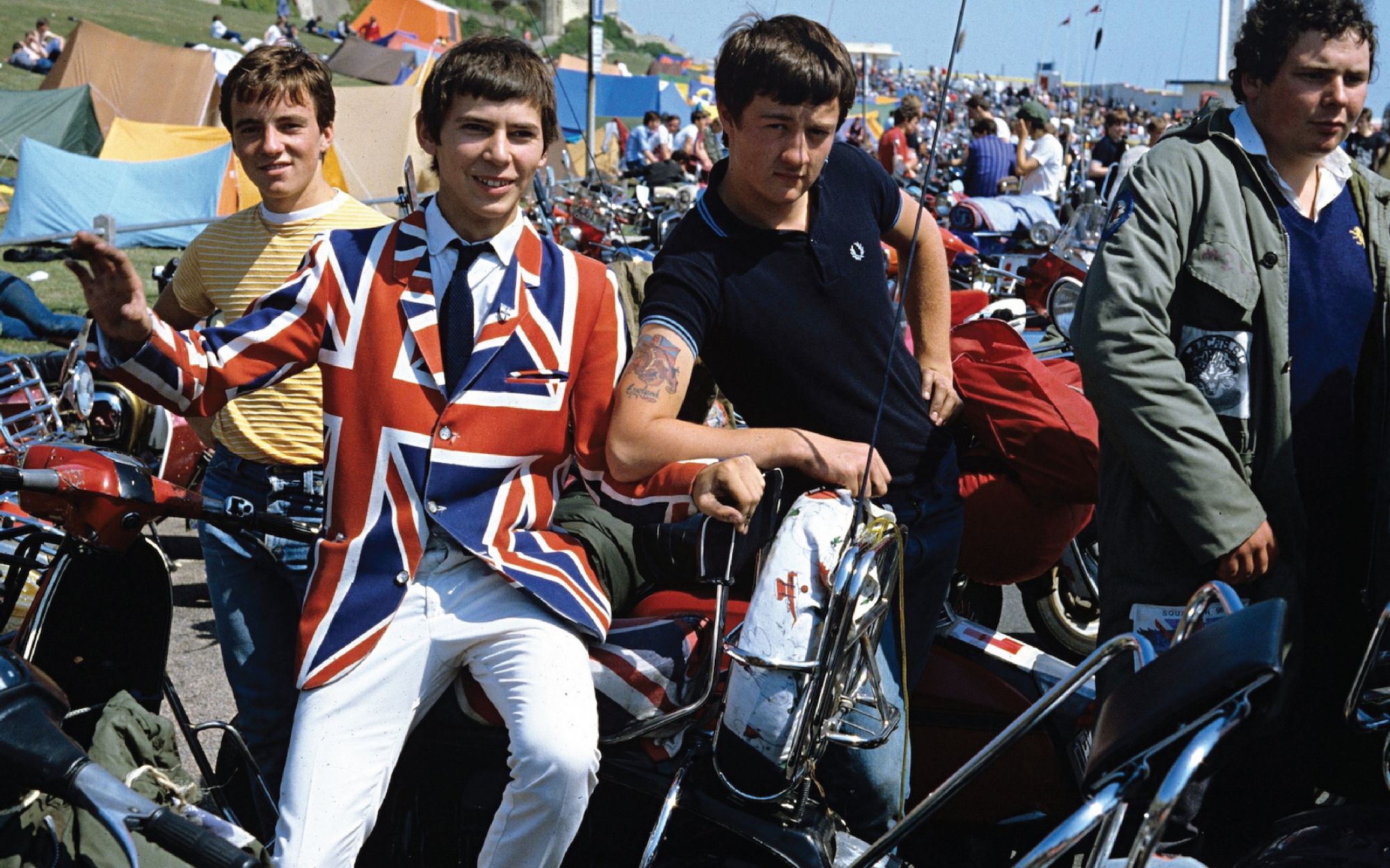
Who were the Mods? A journey through one of the most significant post-war cultural phenomenon
Lambretta, Parka, new french line haircut and Royal Air Force logo. With such a variegated and distinctive symbolism, it was easy to build the collective imagination that helped to identify the Mods generation. Yet, beyond the emblematic recognizability and the almost caricatural symbolism, the Mods have been much more than all of this. Not just a simple movement, but the first real post-war subculture, capable of sinking its roots in the most disparate artistic and cultural areas, giving rise over the decades to numerous subcultures strictly connected to the Mod phenomenon.
Mods were born in the late 50s in an England that had recently witnessed the coronation of Queen Elizabeth II on live TV. Mod is in fact the abbreviation of Modernist, which derives from the favourite musical genre among the early Mods: the Modern Jazz, very widespread in Soho in the late 50s and first original feature of the original subcultural group. But being a Mod did not mean just perceiving a collective identity around a musical genre, because the development of the first aggregations revolved around a very specific purpose, which provided for the explicit desire to detach from the way in which the previous generation lived, fathers and mothers who were just struggling to realize the impact of the economic boom that developed in the post-war period.
The look of the Early Mods
Take the distance and take a different approach in everyday life, through the identification of a highly distinctive style. And how to do it, if not going to break down the traditionalism of previous generations? The first Mods took inspiration from Italian style, looking for finely elaborate and sharp dresses, in contrast with the style adopted by parents and peers. They wore dry and clean tailored dresses to show off in the frequent gatherings on board of Vespe and Lambretta decked out with lights, mirrors, and accessories, to catch the attention and make the group intentionally flashy as they pass through the streets of London. Drawing inspiration from the Italian look meant to embrace the distinctive elegance of a globally recognized and appreciated style. In terms of clothing, accessories, and vehicles. The unique features of the Italian scooter have provided the Mods an exclusive tool to increase their degree of recognition. The Times, after the introduction of the Vespa on the market, described it as "an entirely Italian product, one like that we have not seen for centuries since the Roman chariot". And it is this unanimous approval that led the first Mods to make it as a real manifesto of the movement, linking it even more to the typical Italian style in the post-war period. In the novel by Colin MacInnes Absolute Beginners - considered the first true reference of the subculture - there is an accurate description of the look of the protagonist Dean Swift, placing aesthetic and stylistic parameters that coincide with those of the mod generation:
"College-boy smooth crop hair with burned-in side part, neat white Italian round-collared shirt, short Roman jacket, very tailored (two little vents, three buttons), no-turn-up narrow trousers with 17-inch bottoms and absolute maximum, pointed-toe shoes, and a white mac folded by his side".
The distinction with "the others" and the rest of the world has created a deeply elitist and exclusive culture amongst young people, which, however, has not raised social barriers that could increase the development of the group in a classist perspective. A system so stigmatized that it led to the creation of dichotomous conflicts, such as the one with the Rockers, an openly antagonistic subculture of the Mods, both from a stylistic and aesthetic point of view (leather jackets and white t-shirt, ankle boots, iconic motorcycles instead of lambrettas) and from the musical one (much more related to rockabilly and rock 'n' roll).
Despite the initial habit of wearing designer clothes, the social origin - even if, as mentioned, the phenomenon was generally transversal - was much closer to the working class, as witnessed by the desire to change the aesthetic level and with the explicit intention to improve their position within society. This kind of behaviour led to the formation of this subculture, in the continuous search for the improvement of their own style and their way of life.
The evolution of the Mods in the '60s
In a short time even some of the distinctive elements that marked the original formation took a different turn. Starting from the look, with a slight turn towards a more casual and practical style compared to the early Mods. The choice of shoes generally fell on the classic desert boot (Clark's style) or alternatively on the fringed loafers with tassels. But the true symbol of the stylistic refinement of the Mods is the American Parka, which paradoxically becomes the symbol of the Mod. "On loan" by the American soldiers during the war of Korea of the early 50s, Parka M51 becomes part of the wardrobe of the subcultural aggregation, soon becoming a distinctive feature of an entire generation. To complete the image of the iconic look, there are also three-button jackets shirts and short-sleeved polos.
The entrepreneurial success of Fred Perry in these terms is due in large part to its huge success among the style of Mods, who became involuntary testimonials of the clothing item created in 1952 by the former English tennis player. With its typical double-edged collar and its traditional Laurel Wreath, the Fred Perry Polo has become a true symbol of the British subcultural uniform. In addition to the parka, the legendary G9 of Baracauta, better known as Harrington Jacket was also popular, becoming famous for being worn by icons such as Elvis Preseley or, later, Joe Strummer, and widely used by Mods and in the following subcultures.
In addition to the style, in the early 60s things began to change also from a musical point of view, with the original modern jazz that is flanked by numerous genres such as reggae, rhythm 'n' blues and ska. The Mod phenomenon enters into close contact with British music, influencing numerous performers and bands that end up becoming true icons and artistic representations of the subculture itself - The Small Faces (a typical example of early mods), the Who, the Kinks, the Yardbirds and the Creation, but also the Rolling Stones and the Beatles. Accompanying the exponential growth of the phenomenon, the original Mods began to detach themselves from the strong commercialization that influenced the subculture.
The revival of the 70s
Due to the homogenization and commercialization of many cultures and subcultures, Mods+lkoegin began to feel the need to rediscover a more genuine and essential style to refer to. The Who were the forerunners of this movement. In 1973 they released their sixth album titled "Quadrophenia", which subtly became the emblem of the revival in progress because it narrated the story of Jimmy, disillusioned mod and resigned to seeing himself far from any shape of personal success. Other great artists who re-embraced the Mod style in all its facets are the Jam by Paul Weller (nicknamed, not by chance, "The Modfather"), true icons of the revival of the early 70s. Starting from the look, dry and very sharp, characterized by suits paired with thin ties, with the clear intent of reaching out to the style of the first Mods. Parkas and RAF logos return, but above all the new French line haircut, perfectly symbolizing the desire to go back to the origins. In their limited period of activity, the Jam resumed numerous typical elements of the early Mod period, helping to bring it back to the top of the stylistic and cultural interest of the time.
I'm still a mod, I'll always be a mod, you can bury me a mod (Paul Weller)
From Mods to Punk through style
The gradual detachment from this transformation led to a contextual dissipation of the phenomenon itself, which on the end of the 60s almost disappeared, surviving only within other subcultural groups. Towards the end of the decade, several movements were born in which many Mods and former Mods converge, giving rise to real closely connected subcultures. Between the '60s and the ‘70s, the Skinheads gained more and more identity status taking shape around the most radical current of the Mods, the hard Mods. With a stigmatized and tough look, Skinheads detach themselves from the "mother" subculture, starting from the stylistic choices adopted during the decade. Tailored clothes, parka and Clark's lose their supremacy in favor of black boots Dr.Martens - a symbol of the London working class -, bomber MA-1, braces, and Levi's Red Tag or 501.
Even if the real stance against the Mods, remains the haircut: a distinctive feature is the shaved head, in open contrast with the hairstyle of the early Mods. A large part of the skinhead look comes from the Jamaican Rude Boys, a Jamaican subculture that deeply influenced the birth and style of the Skinheads. It’s from the Rude Boys that Skinheads inherit braces and flat hats, in use especially among the original formations. Many skins in the mid-'70s converge in the other subculture that begins to take hold in England on US influence. Braces, Dr. Martens and jeans also remain with the advent of the Punk phenomenon, that deeply bonds with the skinheads' style.
Another subculture strictly connected to the Mods are the Casuals, a subculture that takes shape next to a football context, instead of a musical one. Casuals are born to detach themselves from the "aggressive" look of Skinhead, wearing branded tracksuit - from Adidas, Fila, Ellesse, Kappa, and Sergio Tacchini - to blend into the crowd in stadiums and go unnoticed by the bobbies perpetually trying to stem the hooligans' phenomenon. From being a pure football reality, the Casuals have ended up influencing entire generations, spreading in music (one of the best examples is Blur frontman Damon Albarn) and laying the foundations for the development of other subcultures, like the Chavs, born under the deep influence of the Casuals phenomenon.
The legacy of the Mods
Around the mid-80s, the Mod phenomenon slowly begins to dissolve, leaving room for new styles and musical genres, even if it does not completely disappear. The look that characterized entire decades has survived flowing into the Britpop. Oasis (Gallaghers brothers in particular) are the perfect example, with their traditional hairstyle very similar to the early Mods and the frequent use of parka, even during live events. Mod look can be also found in bands like Blur, as well as in groups like Verve, Supergrass, Arctic Monkeys, and Ocean Color Scene or, more recently, Miles Kane and Jake Bugg, latest references of a style which never really disappear, not even from a fashion point of view. Because if it is true that the Gallaghers helped to actualize the collective imagination through the iconic parka, there are still many fashion-related examples connected to the British subcultures of mod derivation.
Brands such as Stone Island are having an unexpectedly positive impact on English subcultures, getting in touch with peculiar social realities. Stone Island settled in this context, both for entrepreneurial spirit and for random and involuntary ties. Rivetti (owner of the brand) said in an interview that a couple of appearance of Cantona on TV helped the brand to increase its success, unaware testimonial of a brand symbol of subcultures (above all, the Hooligans and Casuals, but also the non-British "Paninari") and ready to become a real icon. For many reasons, for different coincidences. But brands like Osti’s, or CP Company, are inheriting all of this mainly because they are aware of their workwear roots, of their producing practical and comfortable garments to go to the stadium. Close to street culture and perfect interpreters of the contemporary streetwear.










































